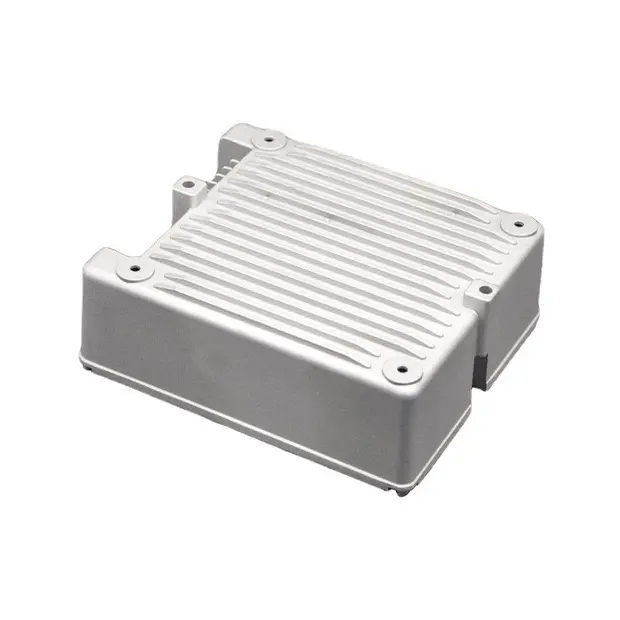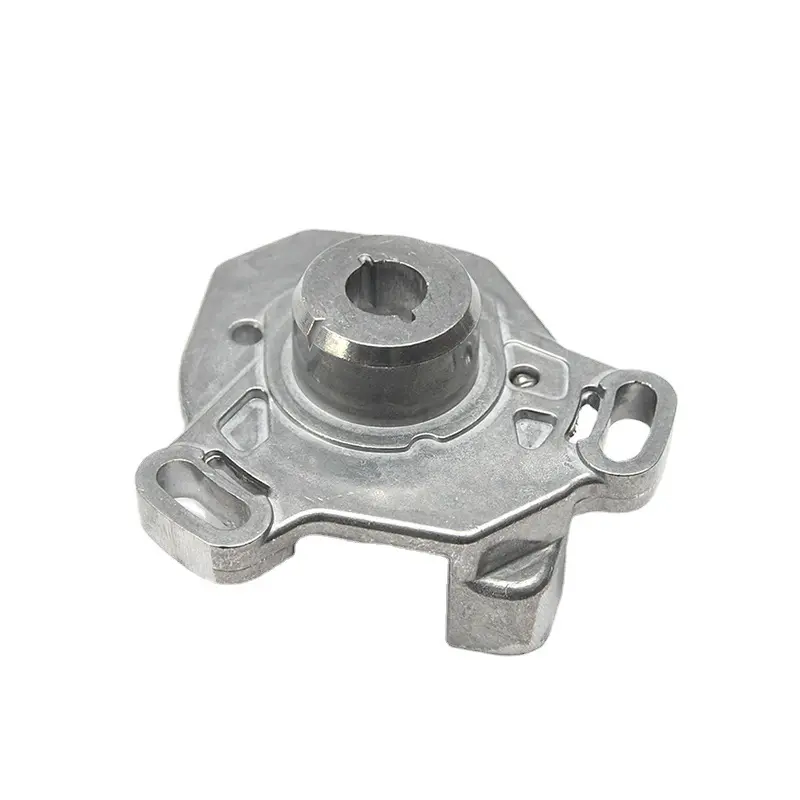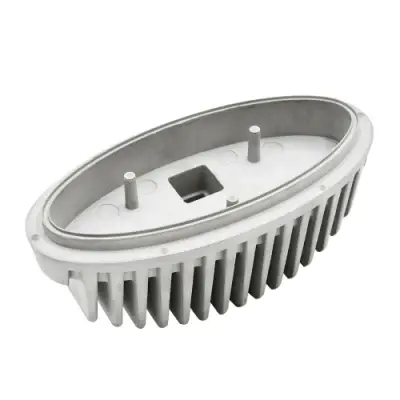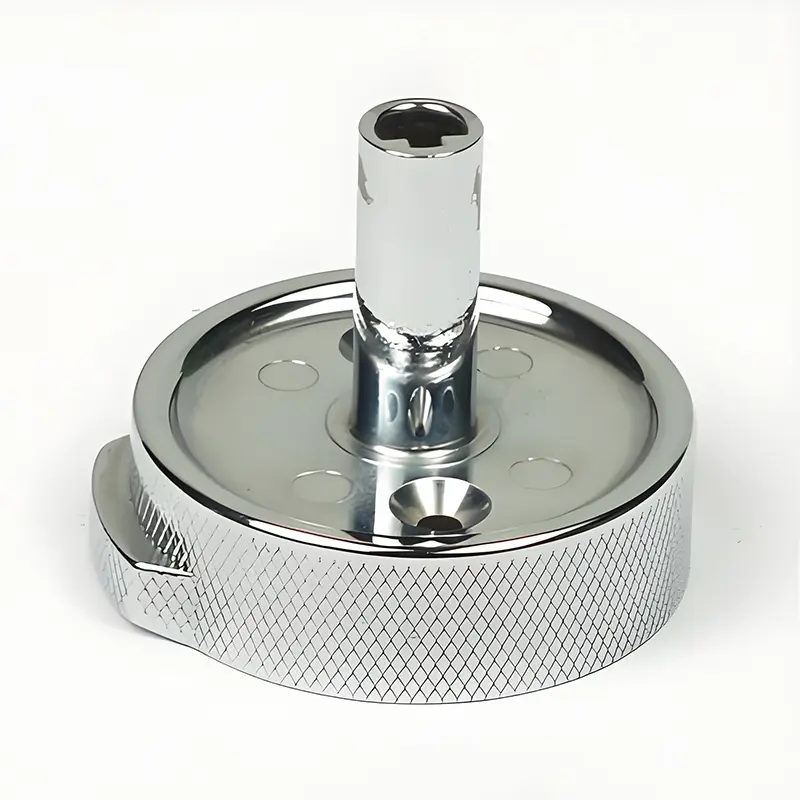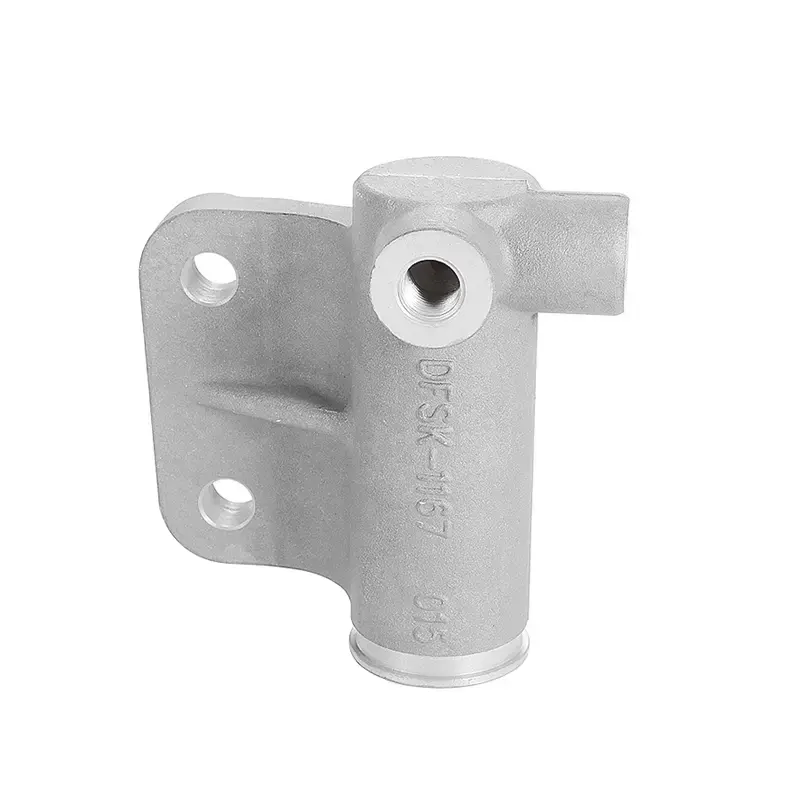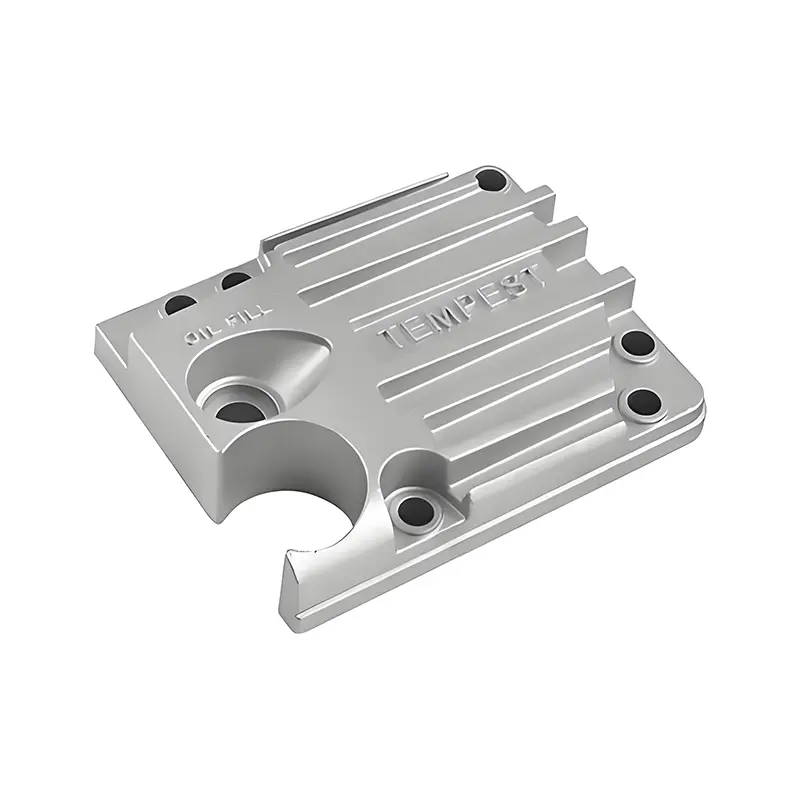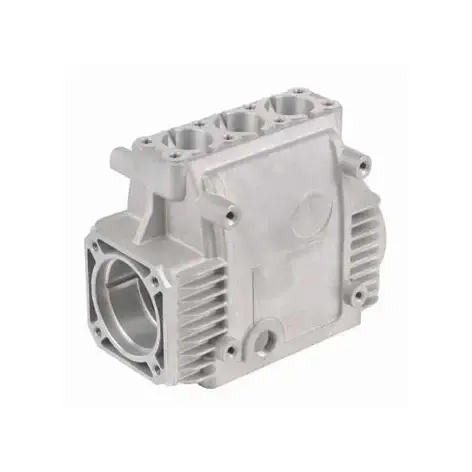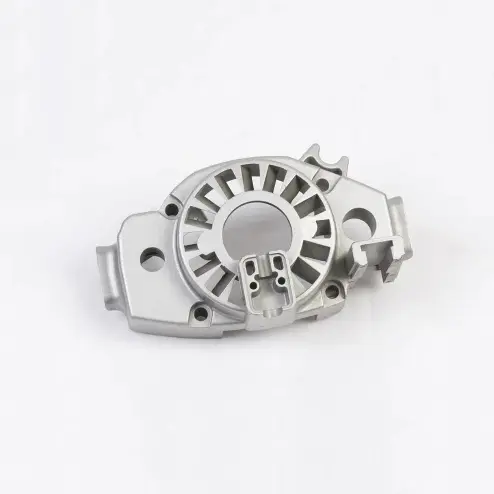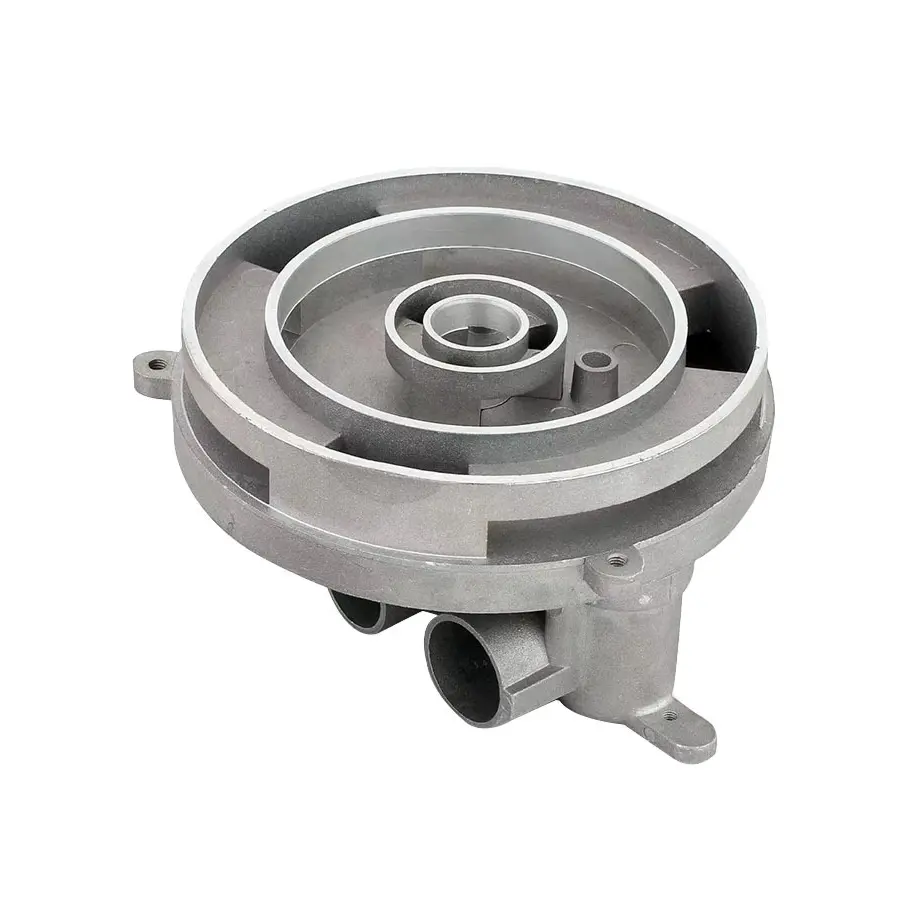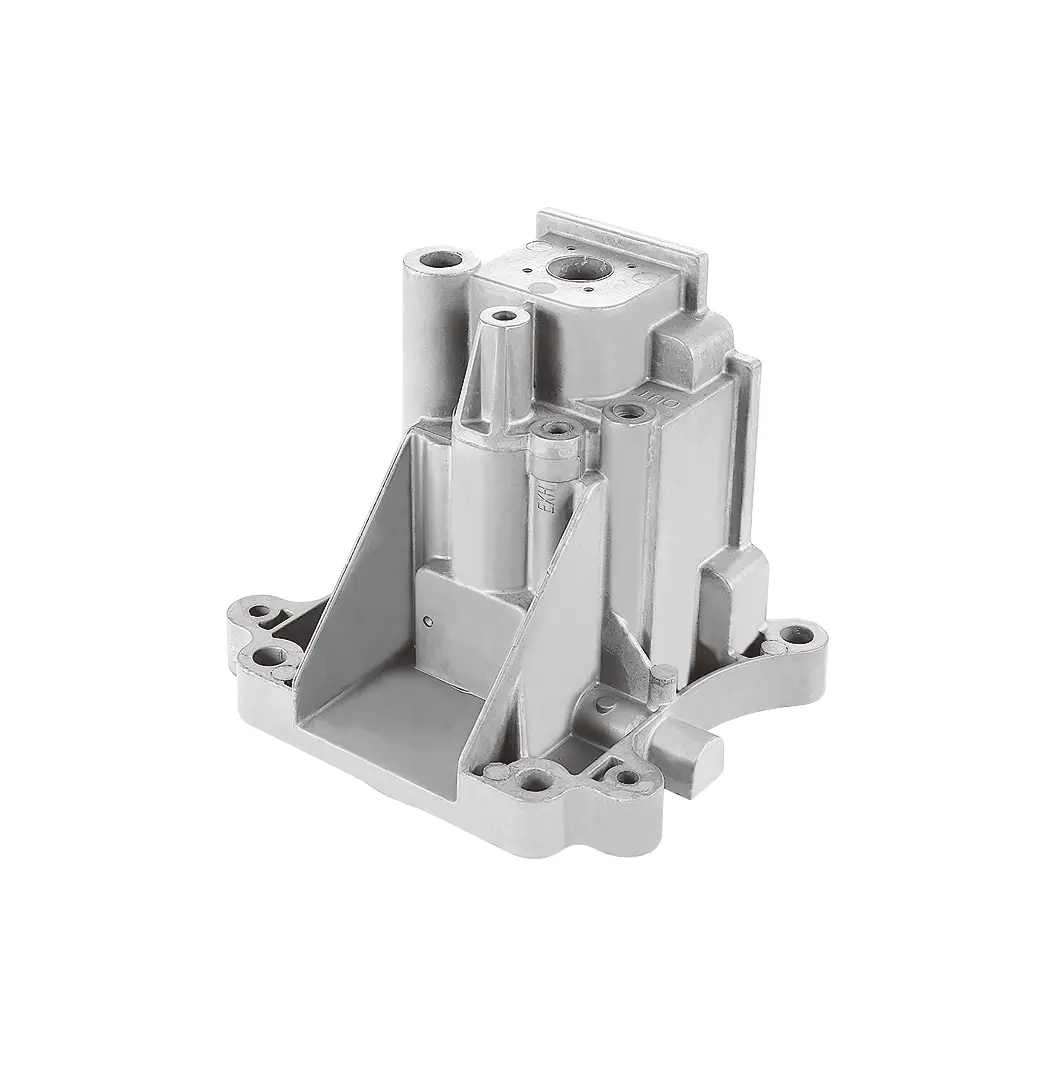 +86-13516964051
+86-13516964051 Aluminum Alloy Melting: The Core Foundation for High-Quality Die-Casting Products
Aluminum Alloy Melting: The Core Foundation for High-Quality Die-Casting Products
In the aluminum alloy die-casting industry, melting is the critical bridge between raw materials and finished products, directly determining the mechanical properties, molding quality, and service life of die-cast products. For global buyers seeking precise and reliable aluminum alloy parts, a deep understanding of scientific melting processes not only helps select high-quality suppliers but also helps mitigate quality risks in later production. This article comprehensively analyzes the key points of aluminum alloy melting, covering process principles, key steps, quality control, and technological innovation, providing a professional reference for technical integration in foreign trade cooperation.
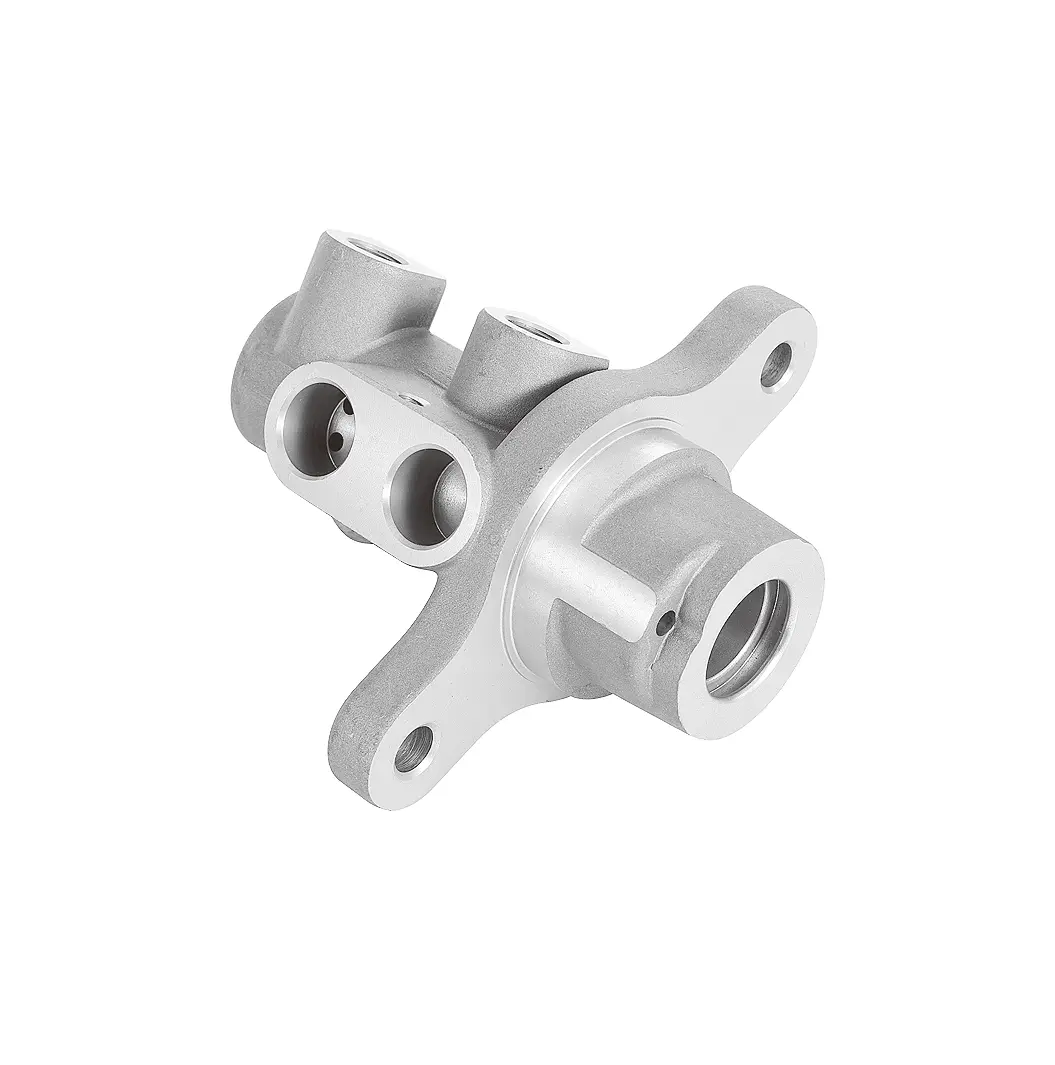
First, Before Melting: Thoroughly Conducting the "Basic Homework" to Lay the Foundation for Quality
Aluminum alloy melting is more than simply "heating and melting"; it involves a comprehensive preparation process from raw materials to equipment. The rigor of these preparations directly impacts the stability of subsequent processes and the quality of the final product, making them a crucial consideration for foreign trade clients when evaluating suppliers.
1. Raw Materials: Selecting the "Source" and Controlling the Purity of the Ingredients
Raw material selection is the first line of defense for melting quality. Mainstream die-cast aluminum alloys (such as ADC12, A380, and AlSi10Mg) require extremely precise composition. Even a 0.1% impurity deviation can cause defects such as porosity and cracks in the casting. We strictly adhere to the following standards in raw material procurement:
Main alloy selection: We prioritize high-purity aluminum ingots that meet ASTM and EN standards. The alloy grade is determined based on customer product requirements (e.g., high toughness for automotive parts, high conductivity for electronic components). For example, ADC12 is suitable for complex structural parts due to its excellent fluidity and formability, while A380 is commonly used in bathroom fixtures and agricultural machinery due to its strong corrosion resistance.
Return material control: Return materials (such as pouring risers and scrap castings) are sorted, cleaned, and degreased. The proportion of returned materials is strictly controlled to less than 30% (or no more than 50% in special cases) to prevent impurity accumulation. Spectroscopic analysis is also used to test the composition of the returned materials to ensure that they match the new materials to the required standards and prevent alloy composition drift. Impurity Removal: Before raw materials enter storage, they must undergo magnetic separation and manual screening to remove metallic impurities (such as iron and copper) and non-metallic impurities (such as sand, gravel, and oil). Excessive iron content can increase casting brittleness, while excessive copper content can affect corrosion resistance. These details are directly related to whether foreign trade products can pass customer third-party testing.
2. Equipment and Tools: Pre-inspection and Calibration to Ensure Process Stability
The condition of the melting equipment is a prerequisite for precise process execution. The specialized melting systems we provide for foreign trade orders undergo three pre-inspections before startup:
Melting Furnace Calibration: Using an industrial-grade resistance furnace or natural gas melting furnace (selected based on production capacity requirements), pre-startup calibration using thermocouples and the temperature control system ensures a furnace temperature error of no more than ±5°C. For example, when melting ADC12, the target temperature must be stable at 650-700°C. Excessive temperature differences can lead to uneven burnout of alloying elements. Tool Preheating and Cleaning: Tools such as stirring rods, sampling spoons, and ladles must be preheated to 200-300°C in advance to prevent "sudden cooling" when low-temperature tools come into contact with hot molten aluminum, which can lead to localized compositional segregation. Tool surfaces must also be polished smooth and free of residual aluminum slag to prevent impurities from entering the molten aluminum.
Safety System Inspection: Equipped with comprehensive fume collection devices (compliant with EU CE and US EPA environmental standards) and emergency cooling systems, these systems ensure both production safety and meet the stringent environmental requirements of international trade customers.
Second, During Melting: Precisely Control "Core Steps" to Overcome Process Difficulties
The core of aluminum alloy melting lies in "temperature control, impurity removal, and composition maintenance." Controlling parameters in each step requires extensive experience and scientific methods. The following four key steps are the core technical support for ensuring stable quality for our global customers.
1. Charging and Heating: A Scientific Sequence to Reduce Element Burn-off
The charging sequence directly affects the uniformity of the molten aluminum and the retention of alloying elements. We use a "layered charging method": 30% recycled material (low melting point, allowing for rapid heating) is initially added to the bottom layer, followed by 50% new aluminum ingots in the middle layer, and a top layer of 20% recycled material and refining flux (preheated to 150°C).
The heating process is controlled in stages: initially, heating is performed at a medium temperature (400-500°C). Once the bottom layer of material is melted, the temperature is gradually raised to the target temperature to avoid direct heating at high temperatures, which can cause severe oxidation of the surface aluminum (the resulting oxide film hinders heat transfer and increases energy consumption).
For alloys containing easily burned-out elements such as magnesium and zinc (such as AlSi10Mg), a sodium-free refining flux is applied when the temperature reaches 600°C to reduce the magnesium burn-out rate (to within 3%) and ensure that the final composition meets customer drawing requirements.
2. Degassing: Eliminating "Hidden Hidden Dangers" and Improving Molten Aluminum Purity
Hydrogen in molten aluminum is the primary cause of porosity in castings (the solubility of hydrogen in molten aluminum decreases sharply with decreasing temperature, resulting in precipitation and formation of bubbles during cooling). We utilize a two-stage degassing process to ensure a hydrogen content of ≤0.15ml/100g Al:
Stage 1: Inert Gas Degassing: When the molten aluminum temperature stabilizes at 680-700°C, a graphite rotor (300-400 rpm) is inserted 15-20cm into the molten aluminum. High-purity argon (≥99.999%) is introduced. The argon disperses into the molten aluminum as tiny bubbles, adsorbs hydrogen, and then rises to the surface and is discharged.
Stage 2: Vacuum Degassing (Optional): For aerospace and automotive parts with extremely stringent safety requirements, additional vacuum degassing equipment (vacuum pressure ≤50Pa) is used to further reduce the hydrogen content, ensuring that the castings are free of internal porosity during X-ray inspection.
3. Slag Removal: Filtering Harmful Impurities to Ensure Molding Quality
If the oxide slag (primarily composed of Al₂O₃) in the molten aluminum is not thoroughly removed, it can cause defects such as slag inclusions and cracks in the casting, affecting its mechanical strength. Our deslagging process adheres to the dual principles of "refining + filtration":
Refining agent addition: After degassing, a composite refining agent (such as a mixture of Na₂CO₃ and KCl, at a concentration of 0.3-0.5% of the molten aluminum weight) is added and stirred for 10-15 minutes to fully separate the oxidized slag from the molten aluminum, forming a scum that is easily salvaged.
Filtration: Multi-layer ceramic filter plates (pore size 20-50μm) or ceramic foam filters are used. As the molten aluminum passes through the filter plates, the oxidized slag is intercepted, achieving a filtration efficiency exceeding 95%.
Slag sampling: The slag salvaged from each heat is weighed and recorded (normally, the slag volume should be ≤1.5% of the molten aluminum weight). The aluminum content in the slag is then determined by metallographic analysis. If the aluminum content is too high (>30%), the deslagging process needs to be optimized to avoid raw material waste.
4. Grain Refinement: Optimizing Microstructure and Enhancing Mechanical Properties
Grain size directly affects the strength and toughness of aluminum alloys. A fine grain structure can significantly improve the tensile strength and fatigue resistance of castings. We employ customized refinement solutions for different alloy grades:
Refiner Selection: An Al-Ti-B refiner (5% Ti, 1% B) is commonly used, at a dosage of 0.1-0.2% by weight of the molten aluminum. It is evenly added to the molten aluminum via a wire feeder. The TiB₂ particles act as nucleation sites, reducing the grain size from hundreds of microns to less than 50μm.
Stirring Control: After adding the refiner, stir at a low speed (150-200 rpm) for 5-8 minutes to avoid secondary oxidation of the molten aluminum caused by high-speed stirring and to ensure uniform dispersion of the refiner.
Performance Verification: Metallographic specimens are taken from each heat and the grain size is observed using a metallographic microscope to ensure that the required mechanical properties are met (e.g., tensile strength ≥ 230 MPa and elongation ≥ 3% for ADC12 castings).
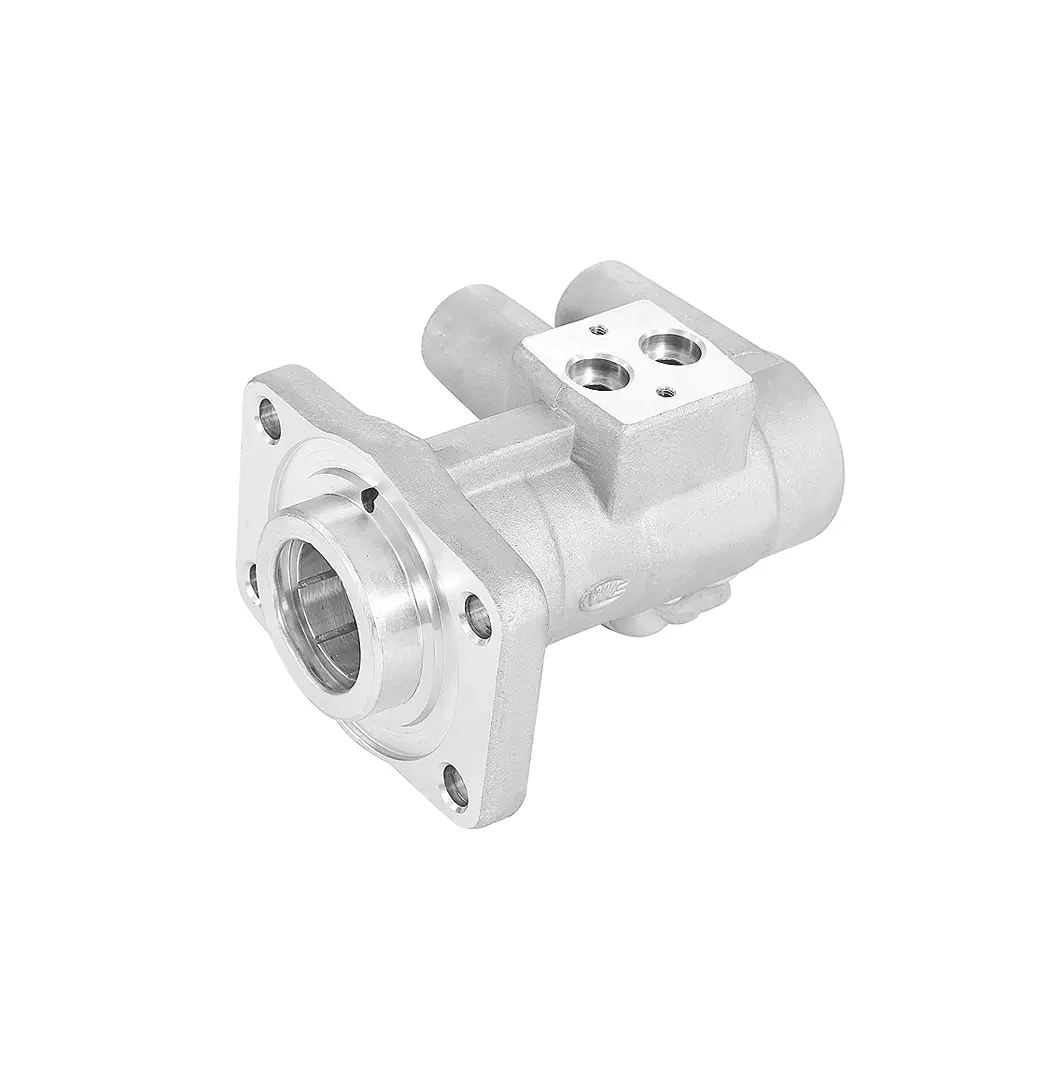
Third, Post-Smelting: Full-Process Quality Control
Traceability and consistency are the quality indicators most important to customers. We have established a comprehensive quality control system from smelting to finished product, ensuring that every batch of products passes rigorous customer inspection.
1. Real-Time Composition Testing: Spectroscopic Analysis for Precise Control
After smelting and before casting, the molten aluminum is tested for composition using a direct-emission spectrometer (with an accuracy of 0.001%).
Sampling is performed using preheated graphite molds to ensure that the sample is free of pores and inclusions.
Test results are compared with customer-specified alloy composition standards (such as ASTM B85). If any element deviation exceeds the allowable range (e.g., Si content deviation of ±0.2%), process adjustments are made immediately (e.g., adding additional silicon ingots) until compliance is achieved.
Test reports for each heat are archived and used as a basis for quality traceability for foreign trade orders, available to customers at any time.
2. Pre-casting temperature monitoring: Ensures fluidity and reduces molding defects.
Excessively high molten aluminum temperatures can lead to severe oxidation and shrinkage cavities in the casting; excessively low temperatures can result in poor fluidity and insufficient mold filling. We monitor temperature before casting using the following methods:
Using immersion thermocouples (accuracy of ±2°C) to measure temperature at different locations within the molten aluminum (surface, middle, and bottom layers), ensuring a temperature difference of ≤10°C.
Adjusting the casting temperature based on the part structure: Complex thin-walled parts (such as electronic connectors) require a higher temperature of 700-720°C, while thick-walled parts (such as mechanical brackets) can be lowered to 660-680°C.
Temperature data is recorded in real time. If an abnormality (such as a sudden temperature drop) is detected, casting is immediately suspended to investigate equipment or process issues.
3. Finished Product Random Inspection: Verify final quality to meet customer standards.
The final results of the smelting process must be verified through finished product inspection. We implement a strict random inspection system for foreign trade orders:
Mechanical property testing: 3-5 samples are randomly sampled from each batch. Finished parts undergo tensile strength, yield strength, and hardness testing (such as Brinell hardness HB) to ensure they meet customer drawing requirements (e.g., automotive parts must meet a tensile strength of ≥250 MPa).
Nondestructive testing: Key components (such as engine housings) undergo X-ray flaw detection (RT) or ultrasonic testing (UT) to inspect for internal defects such as pores and slag inclusions. Testing standards adhere to AWS D1.2 or customer-specified standards.
Appearance inspection: Visual inspection and dimensional measurement (coordinate measuring machine) are used to inspect finished product surfaces for cracks and burrs, and to ensure dimensional tolerances comply with ISO 8062.
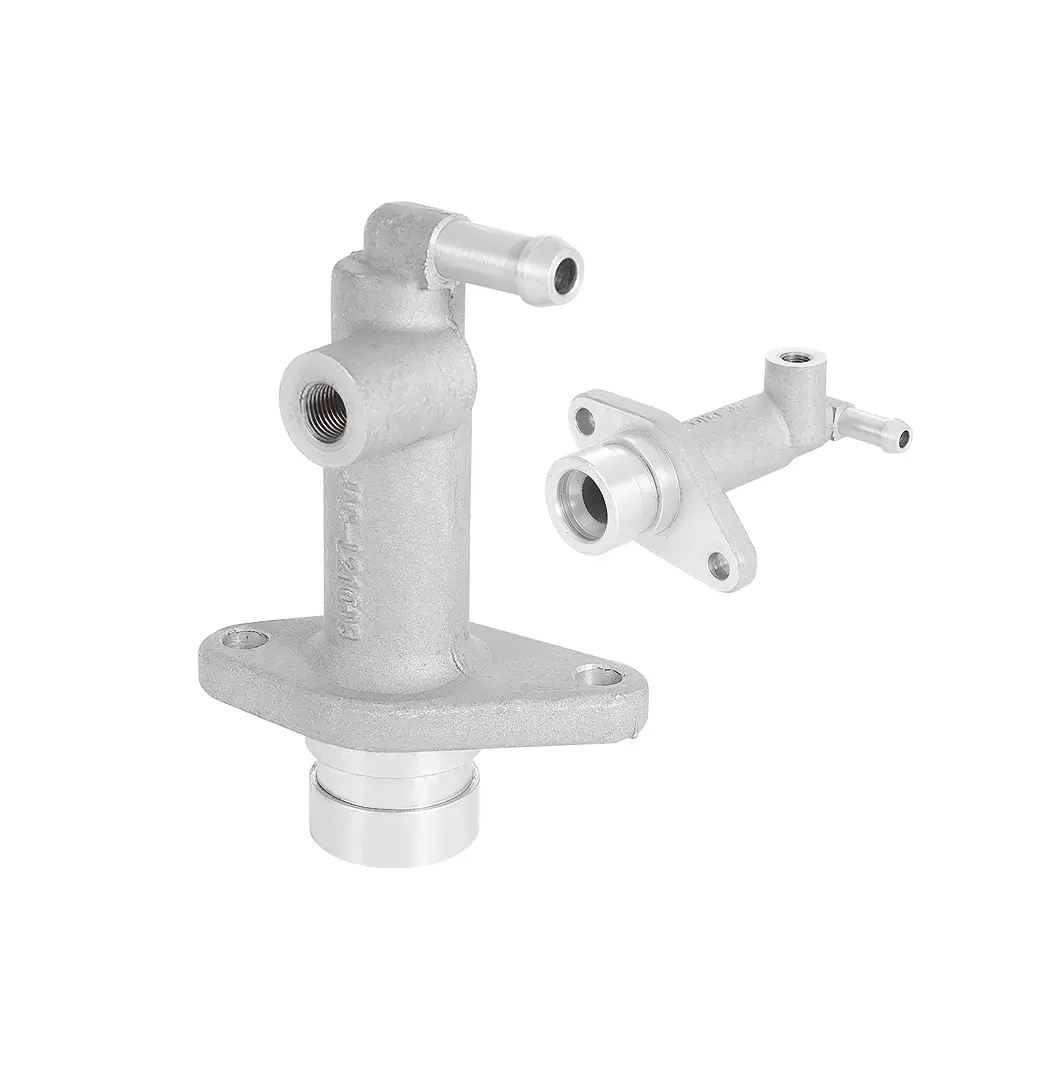
Fourth, Technological Trends in Aluminum Alloy Melting: Intelligent and Green, Leading Foreign Trade Competitiveness
As the global manufacturing industry continues to demand higher efficiency and environmental protection, aluminum alloy melting technology is developing towards intelligent and green processes. As an aluminum alloy die-casting company focused on foreign trade, we actively incorporate cutting-edge technologies to provide customers with more competitive products.
1. Intelligent Melting: Data-driven, Improving Process Stability
PLC Automatic Control System: Through PLC The system integrates the melting furnace, degassing equipment, spectrometers, and other equipment to automatically adjust parameters such as temperature, stirring speed, and degassing time, reducing manual error. For example, when the spectrometer detects low silicon content, the system automatically calculates the amount to be added and controls the feeder to refill, with a response time of ≤1 minute.
Industrial Internet Platform: A melting process database is established to record the raw material ratios, process parameters, and quality inspection results for each heat. AI algorithms analyze this data and optimize process parameters (such as adjusting the heating rate based on seasonal ambient temperatures), ensuring a stable product qualification rate above 99%.
Remote Monitoring: Customers can log in to our Industrial Internet Platform with a dedicated account to view the melting progress, process parameters, and inspection reports for their orders in real time, achieving "transparent production" and enhancing trust in foreign trade cooperation.
2. Green Melting: Energy-saving and consumption-reducing, complying with global environmental standards.
Waste Heat Recovery System: A waste heat exchanger is installed in the flue of the melting furnace to recover heat from the high-temperature flue gas (temperatures up to 100%). 800-1000°C) for preheating combustion air or heating workshops, reducing natural gas consumption (energy savings of 15-20%) and lowering carbon emissions.
Chromium-free passivation treatment: Traditional slag removers contain chromium, which can cause environmental pollution. We use a chromium-free composite refining agent that complies with EU RoHS and REACH regulations, ensuring that finished products can be exported to regions with strict environmental requirements such as Europe and North America.
Waste recycling: We have established a closed-loop waste treatment system, where waste aluminum slag (after treatment, aluminum content ≤5%) is recycled and reused by professional institutions. This reduces solid waste emissions, lowers raw material costs, and provides customers with more cost-effective products.








